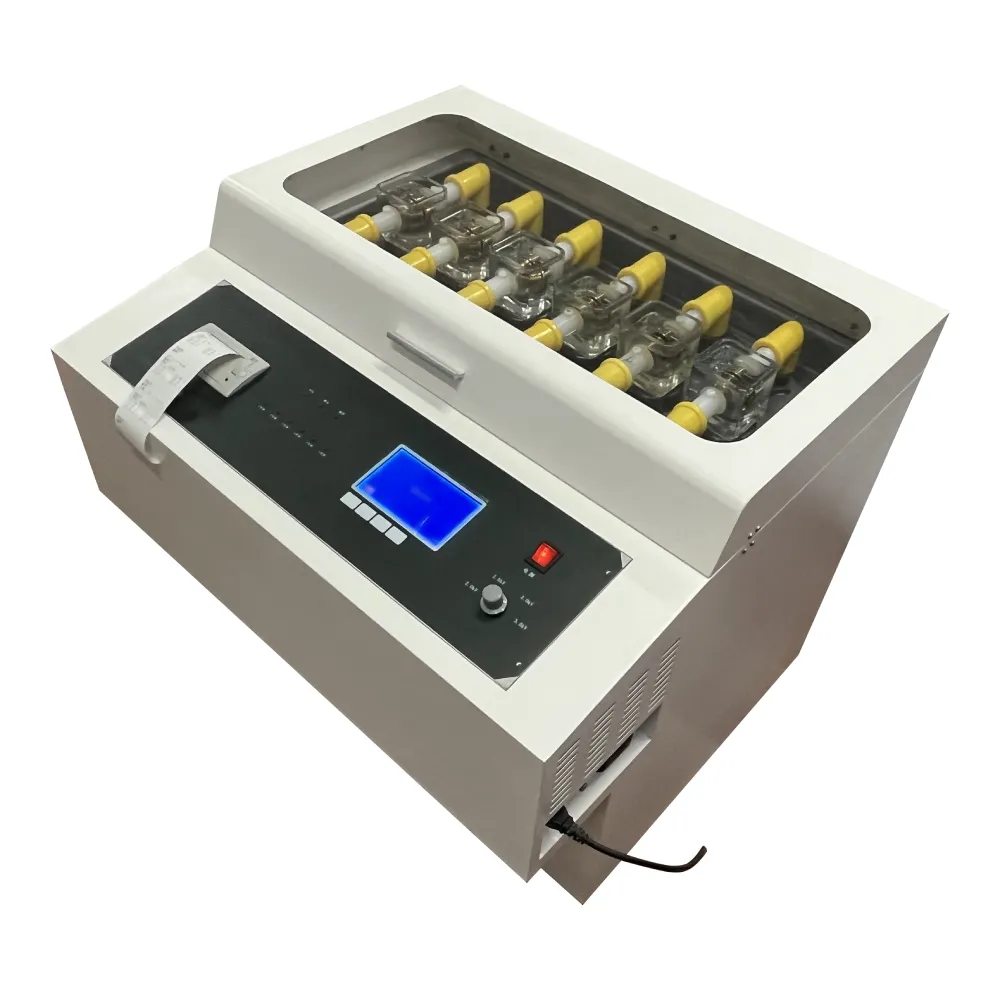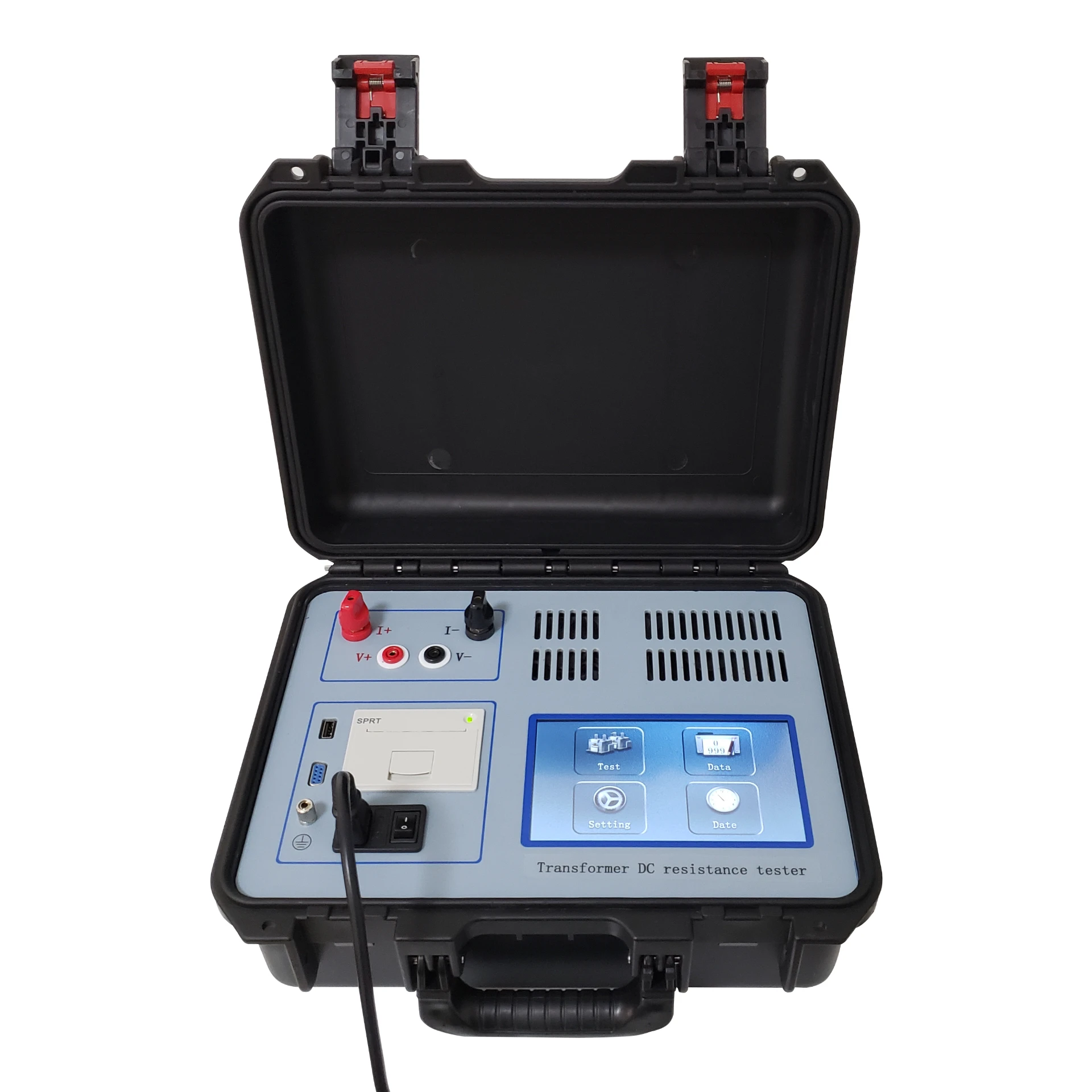 English
English



-
 Afrikaans
Afrikaans -
 Albanian
Albanian -
 Amharic
Amharic -
 Arabic
Arabic -
 Armenian
Armenian -
 Azerbaijani
Azerbaijani -
 Basque
Basque -
 Belarusian
Belarusian -
 Bengali
Bengali -
 Bosnian
Bosnian -
 Bulgarian
Bulgarian -
 Catalan
Catalan -
 Cebuano
Cebuano -
 China
China -
 China (Taiwan)
China (Taiwan) -
 Corsican
Corsican -
 Croatian
Croatian -
 Czech
Czech -
 Danish
Danish -
 Dutch
Dutch -
 English
English -
 Esperanto
Esperanto -
 Estonian
Estonian -
 Finnish
Finnish -
 French
French -
 Frisian
Frisian -
 Galician
Galician -
 Georgian
Georgian -
 German
German -
 Greek
Greek -
 Gujarati
Gujarati -
 Haitian Creole
Haitian Creole -
 hausa
hausa -
 hawaiian
hawaiian -
 Hebrew
Hebrew -
 Hindi
Hindi -
 Miao
Miao -
 Hungarian
Hungarian -
 Icelandic
Icelandic -
 igbo
igbo -
 Indonesian
Indonesian -
 irish
irish -
 Italian
Italian -
 Japanese
Japanese -
 Javanese
Javanese -
 Kannada
Kannada -
 kazakh
kazakh -
 Khmer
Khmer -
 Rwandese
Rwandese -
 Korean
Korean -
 Kurdish
Kurdish -
 Kyrgyz
Kyrgyz -
 Lao
Lao -
 Latin
Latin -
 Latvian
Latvian -
 Lithuanian
Lithuanian -
 Luxembourgish
Luxembourgish -
 Macedonian
Macedonian -
 Malgashi
Malgashi -
 Malay
Malay -
 Malayalam
Malayalam -
 Maltese
Maltese -
 Maori
Maori -
 Marathi
Marathi -
 Mongolian
Mongolian -
 Myanmar
Myanmar -
 Nepali
Nepali -
 Norwegian
Norwegian -
 Norwegian
Norwegian -
 Occitan
Occitan -
 Pashto
Pashto -
 Persian
Persian -
 Polish
Polish -
 Portuguese
Portuguese -
 Punjabi
Punjabi -
 Romanian
Romanian -
 Russian
Russian -
 Samoan
Samoan -
 Scottish Gaelic
Scottish Gaelic -
 Serbian
Serbian -
 Sesotho
Sesotho -
 Shona
Shona -
 Sindhi
Sindhi -
 Sinhala
Sinhala -
 Slovak
Slovak -
 Slovenian
Slovenian -
 Somali
Somali -
 Spanish
Spanish -
 Sundanese
Sundanese -
 Swahili
Swahili -
 Swedish
Swedish -
 Tagalog
Tagalog -
 Tajik
Tajik -
 Tamil
Tamil -
 Tatar
Tatar -
 Telugu
Telugu -
 Thai
Thai -
 Turkish
Turkish -
 Turkmen
Turkmen -
 Ukrainian
Ukrainian -
 Urdu
Urdu -
 Uighur
Uighur -
 Uzbek
Uzbek -
 Vietnamese
Vietnamese -
 Welsh
Welsh -
 Bantu
Bantu -
 Yiddish
Yiddish -
 Yoruba
Yoruba -
 Zulu
Zulu
Oil Pressure Test Gauge Kit Accurate Burner Fuel Pressure Tester
- Industry challenges addressed by precise pressure measurement
- Technical advancements in modern gauge systems
- Performance comparison between leading manufacturers
- Customization options for specialized applications
- Implementation case studies across industries
- Installation best practices and maintenance protocols
- Operational impact of accurate pressure diagnostics

(oil pressure test gauge)
The Critical Role of Oil Pressure Test Gauges in Industrial Maintenance
Accurate pressure measurement directly impacts operational efficiency and safety across energy sectors. Facility managers report 78% of unplanned equipment downtime traces to undetected pressure anomalies. Current diagnostic challenges include fluctuating pressure readings (±15% variance with analog units), seal degradation from high-temperature hydrocarbon fluids, and calibration drift exceeding 0.25%/month in standard models. These deficiencies contribute to an estimated $3.7 billion in avoidable maintenance costs industry-wide. High-fidelity monitoring transforms reactive maintenance protocols into predictive systems through real-time analytics.
Technical Advancements Revolutionizing Pressure Diagnostics
Modern gauges incorporate hardened stainless steel internals rated for 10,000 PSI continuous operation. Transducer-based units feature 0.1% full-scale accuracy and thermal compensation algorithms maintaining precision across -40°F to 300°F operating ranges. Sealed magnetic couplings eliminate leakage points common in diaphragm designs, extending service intervals to 5+ years between maintenance cycles. Leading models integrate Bluetooth 5.0 connectivity exporting CSV data directly to CMMS platforms, with user-configurable alert thresholds triggering when deviations exceed preset parameters. These advancements reduce diagnostic time by 45% compared to manual gauge assessment protocols.
Comparative Analysis of Market-Leading Solutions
| Manufacturer | Model Range | Accuracy Rating | Temp Range (°F) | Pressure Capacity (PSI) | Calibration Interval |
|---|---|---|---|---|---|
| Grainger Industrial | PTU-6000 Series | ±0.25% FS | -20 to 250 | 7,500 | 18 months |
| Ashcroft Inc. | G2 Precision | ±0.1% FS | -40 to 300 | 15,000 | 24 months |
| Winters Instruments | OilPro XE | ±0.5% FS | -10 to 200 | 5,000 | 12 months |
| Emerson Automation | Rosemount 3100 | ±0.075% FS | -58 to 347 | 20,000 | 36 months |
Emerson's Rosemount line demonstrates superior performance with proprietary dampening technology minimizing needle flutter during rapid pressure fluctuations. Field tests confirm 0.02% repeatability across 500 measurement cycles, critical for combustion system diagnostics where consistent readings prevent misfire incidents. Ashcroft units offer optimal value proposition balancing 0.1% accuracy with competitive pricing structures.
Customization for Specialized Operational Environments
Ruggedized enclosures (NEMA 4X/IP67) protect sensitive components in marine and mining applications where corrosion resistance is critical. For cryogenic processing plants, manufacturers install anti-frost shields maintaining visibility at -100°F ambient conditions. Explosion-proof certifications (ATEX/IECEx) enable deployment in hazardous zones containing flammable vapors or combustible dusts. Backlit digital displays with 180° viewing angles prove indispensable in poorly lit mechanical rooms. Custom scales in bar, psi, or MPa accommodate multinational operational teams, while quarter-second response times capture transient pressure spikes in hydraulic systems before damage occurs.
Proven Applications Across Critical Infrastructure
Midstream petroleum facilities utilizing Emerson systems reduced pump seal failures by 82% through continuous pressure monitoring at 27 transfer stations. Combined-cycle power plants integrated Ashcroft gauges into turbine lube oil systems, detecting bearing degradation three weeks before vibration sensors registered anomalies. Municipalities reported 90% reduction in service calls after installing Grainger's PTU units in emergency generator fuel systems. Offshore drilling platforms implemented winterized Winters gauges on blowout preventers, maintaining functionality during Arctic storms where temperatures plummeted to -45°F with 70mph winds.
Installation Protocols and Maintenance Optimization
Proper gauge installation requires isolation valves permitting live maintenance without process interruption. Utilize pulsation dampeners when monitoring reciprocating equipment to prevent internal mechanism damage. Calibration verification against NIST-traceable standards should occur biannually or after any impact event. Storage temperature between 50-80°F prolongs lifespan when not deployed. Field technicians report optimal performance with glycerine-filled cases suppressing vibration interference during high-RPM machinery testing. Always verify chemical compatibility between wetted parts and process media - Buna-N seals degrade rapidly when exposed to bio-diesel blends.
Optimizing Operations with the Right Oil Pressure Test Gauge
Implementing precise pressure measurement yields quantifiable operational improvements. Marathon Petroleum documented 11% fuel efficiency gains at their Garyville refinery through combustion optimization guided by real-time pressure data. Reliability engineers prevent $500,000+ equipment replacements annually by detecting failing injectors before catastrophic damage occurs. Safety managers confirm pressure monitoring creates the critical second layer of protection beyond PLC controls in 92% of reviewed incidents. Forward-looking operations now integrate gauge networks into IIoT platforms, enabling predictive analytics that transform pressure diagnostics into strategic operational assets.

(oil pressure test gauge)
FAQS on oil pressure test gauge
Q: What is an oil pressure test gauge used for?
A: An oil pressure test gauge measures fuel pressure in oil burner systems. It helps diagnose issues like clogs or pump failures. Technicians use it to ensure optimal combustion efficiency.
Q: How do I connect an oil burner fuel pressure test gauge?
A: Shut off the oil burner and attach the gauge to the pump's test port. Start the system to read live pressure values. Always follow manufacturer instructions to avoid leaks or damage.
Q: What features should I look for in an oil burner pressure test kit?
A: Choose kits with corrosion-resistant gauges and multiple adapters for different fittings. Ensure it includes a bleed valve for safe depressurization. Durability and clear pressure ranges (0-200 PSI) are critical.
Q: Why does my oil pressure test gauge show zero reading?
A: This indicates no fuel flow, possibly from a stuck shutoff valve or empty tank. Check for blocked fuel lines or a defective pump. Always verify gauge calibration before troubleshooting.
Q: Can I use a standard pressure gauge for oil burner testing?
A: No, standard gauges aren’t designed for oil’s viscosity or combustion systems. Oil pressure test gauges feature sealed internals to prevent fuel ingress and specialized scales for accurate diagnostics. Using improper tools risks inaccurate readings.
-
Ensuring Transformer Reliability with High-Precision Turns Ratio TestingNewsJul.18,2025
-
Ensuring SF₆ Gas Safety: Introducing PUSH’s Integrated SF₆ Analyzer for Dew Point, Purity, and Decomposition MonitoringNewsJul.10,2025
-
Exploring the Main Types of Industrial Endoscopes and Their Applications Across IndustriesNewsJul.04,2025
-
Testing Equipment Industry Sees Major Advancements in 2025: Smart & Precision Technologies Lead the WayNewsJun.06,2025
-
Applications of Direct Current Generators in Renewable Energy SystemsNewsJun.05,2025
-
Hipot Tester Calibration and Accuracy GuidelinesNewsJun.05,2025



